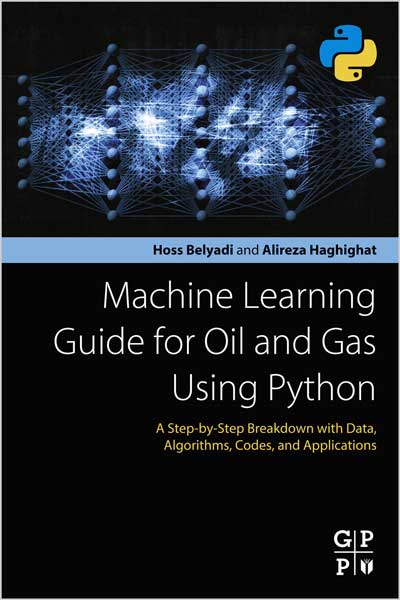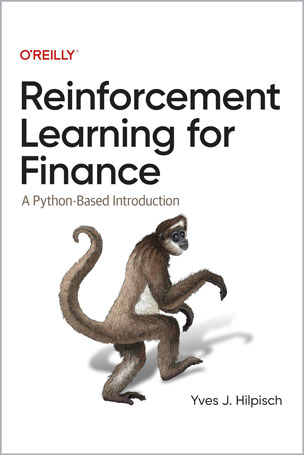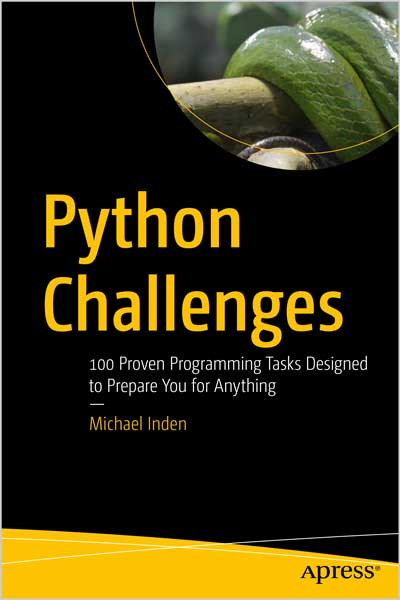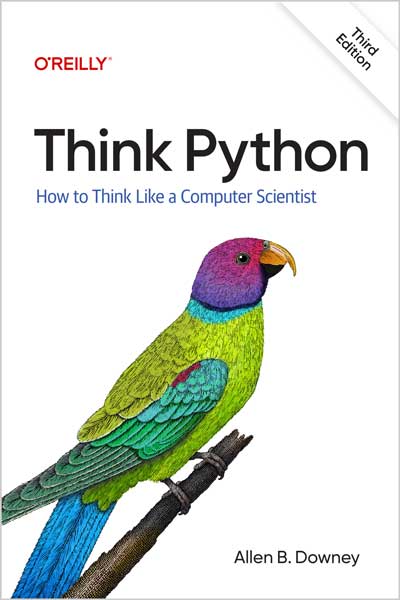Brett Kennedy
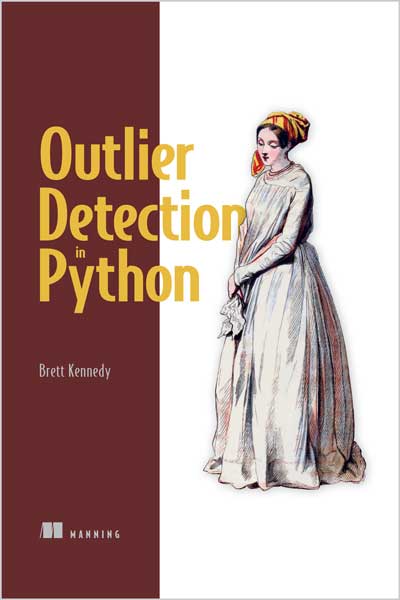
#Python
#data
#PyOD
#OD
Learn how to find the unusual, interesting, extreme, or inaccurate parts of your data.
Outliers can be the most informative parts of your data, revealing hidden insights, novel patterns, and potential problems. For a business, this can mean finding new products, expanding markets, and flagging fraud or other suspicious activity. Outlier Detection in Python introduces the tools and techniques you'll need to uncover the parts of a dataset that don't look like the rest, even when they're the more hidden or intertwined among the expected bits.
In Outlier Detection in Python you'll learn how to:
- Use standard Python libraries to identify outliers
- Pick the right detection methods
- Combine multiple outlier detection methods for improved results
- Interpret your results
- Work with numeric, categorical, time series, and text data
Outlier detection (OD) is a vital tool for everything from financial auditing to network security. OD techniques also work for testing datasets for quality, collection errors, and data drift. This unique guide introduces the core tools of outlier detection like scikit-learn and PyOD, the principal algorithms used in outlier detection, and common pitfalls you might encounter.
Table of Contents
Part 1
1 Introducing outlier detection
2 Simple outlier detection
3 Machine learning-based outlier detection
4 The outlier detection process
Part 2
5 Outlier detection using scikit-learn
6 The PyOD library
7 Additional libraries and algorithms for outlier detection
Part 3
8 Evaluating detectors and parameters
9 Working with specific data types
10 Handling very large and very small datasets
11 Synthetic data for outlier detection
12 Collective outliers
13 Explainable outlier detection
14 Ensembles of outlier detectors
15 Working with outlier detection predictions
Part 4
16 Deep learning-based outlier detection
17 Time-series data
About the Author
Brett Kennedy is a data scientist with over thirty years' experience in software development and data science. He has worked in outlier detection related to financial auditing, fraud detection, and social media analysis. He previously led a research team focusing on outlier detection.
